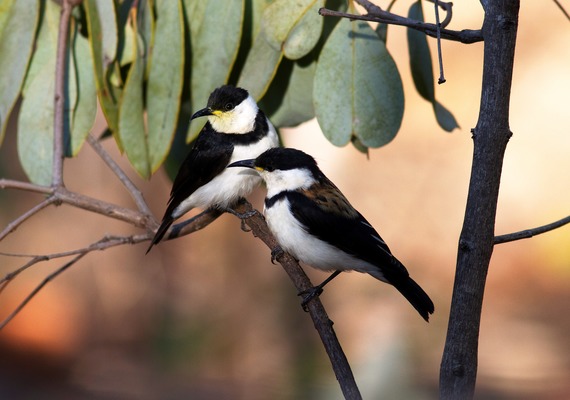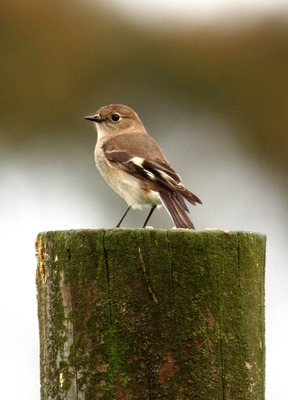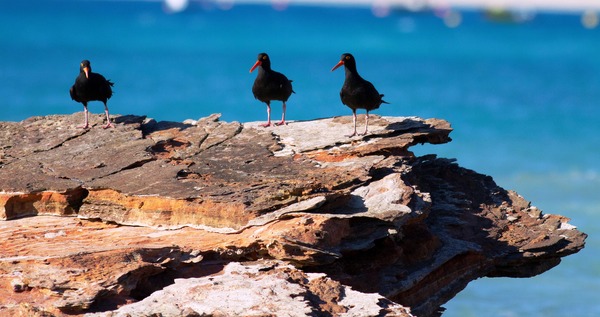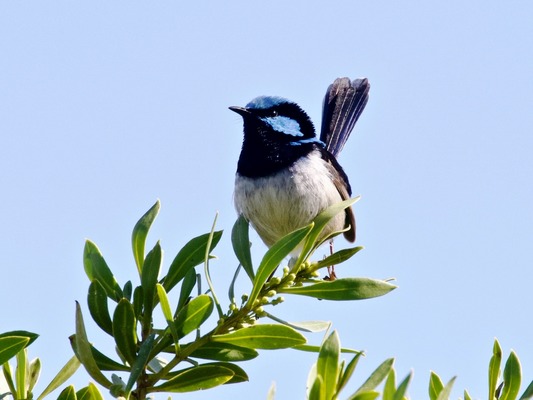It’s been a cool and wet start to spring, and the rain has been lovely.
I just wish the rain would fall where it is needed most in Australia, especially around the Murray-Darling basin.
I’ve been in northern Western Australia over the past few weeks, and it certainly was a fabulous experience.
I participated in a guided tour of the Broome Bird Observatory which was one of the highlights of my life (so far), camped on the top of a cliff at Cape Leveque, bush camped at Penders Bay Escape, saw fossilized dinosaur footprints at Cable Beach, and fell asleep to the sound of a pair of barking owls hooting at the Broome Discovery Caravan Park.
I added 12 new birds to my Australian bird list, with the highlight probably being the beautiful banded honeyeaters at Cape Leveque.
I was in heaven watching the hundreds of raptors that were soaring around the skies of Broome.
One hour after disembarking the plane I had seen a square-tailed kite, black kite, brown falcon, whistling kite, black-shouldered kite, eastern osprey, white-bellied sea eagle, spotted harrier and brahminy kite.
A raptor a day keeps the doctor away, and I’ll be healthy for the next year now.
Since returning home I’ve been looking for cuckoos, as in early spring they are usually very active.
Australia has 12 native cuckoos and around half of these species can be found around the Bellarine in September and October.
I’ve managed to spot a pallid cuckoo and two fan-tailed cuckoos around Lake Connewarre and I’ve yet to see a shining bronze and Horsfield’s bronze cuckoo in the same area, but I’m sure they are not far away.
In the same area of Lake Connewarre I saw three female flame robins and a pair of dusky woodswallows, which was lovely.
I finished my holiday by taking a quick drive through Western Treatment Plant, where I didn’t see any migratory shorebirds (they are starting to arrive in Australia at Broome but are not great numbers in southern regions as yet). I did see a spotted and spotless crake, plus a few black-fronted dotterels.
I received a lovely email from Geoff, who spotted a pair of sooty oystercatchers at 13th Beach.
The sooty oystercatcher is the only all-black shorebird in Australia and is easily distinguished from the similar sized pied oystercatcher, which is black and white.
Both species have a large, strong orange beak which is used to feed on molluscs, crabs and other crustaceans.
Tom Fletcher notified me that a gull-billed tern, eastern osprey and six eastern curlews were seen by members of the Geelong Field Naturalists at the Barwon River Estuary.
Barry Lingham also spotted a kelp gull in Ocean Grove.
I also received an email from Kevin who photographed a handsome male superb fairy wren at Queenscliff.
Linda also sent a lovely email about her enjoyment of Bellarine birds, which was lovely to receive.
Thanks so much for the emails, they are much appreciated.
Enjoy the spring weather and look out for the cuckoos.










